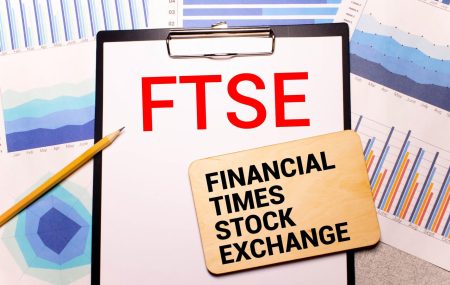Investors are currently holding a record $6.1 trillion in money market funds, with the possibility of these funds flowing into bonds should longer-term bond yields rise or money market rates decrease. Interest rates are on the rise again, with the benchmark 2-year Treasury yield approaching 5% and the benchmark 10-year Treasury yield exceeding 4.5%. Inflation data has not supported the Federal Reserve’s desire for a decline in inflation, leading to a reassessment of the future path of the Fed Funds Rate by both markets and Fed officials. This has caused rates to climb and sparked a more dovish tone from Fed officials.
The current interest rate environment is the highest it has been in 16 years. While there is the potential for rates to continue drifting higher due to recent trends in inflation, the high yields offered in bonds now provide a cushion to offset potential negative price movements. By using break-even scenario analysis, investors can estimate the rate movement required for a bond’s total return to be zero. This analysis can help determine the potential risk associated with investing in bonds given the current interest rate environment.
For investors who are underweight in bonds or holding excess cash, the high yield cushion available in high-quality bonds should provide some comfort. The significant amount of money market funds held by investors could also act as a stabilizer for bond prices. Rather than making a significant shift into bonds, investors are advised to consider a measured increase in their bond allocation, taking advantage of the current rate environment. It is important for investors to carefully consider their individual risks, objectives, and tax considerations before making any investment decisions.
It is suggested that investors consider reducing significant underweight positions in fixed income due to the historically high real and nominal rates currently available. However, it’s worth noting that the high yields seen in money market funds may not last if the Fed begins cutting interest rates. While the first rate cut has been postponed, the general consensus is that the next move will likely be a cut rather than a hike. It is recommended that investors take a steady approach towards increasing their exposure to high-quality bonds, rather than making a rapid shift in asset allocation.
The reassessment of the future path of the Fed Funds Rate has caused interest rates to climb, creating opportunities for investors in the fixed income market. By carefully analyzing the break-even points for bond investments, investors can gain a better understanding of the potential risks and rewards associated with investing in bonds in the current interest rate environment. With the high yields available in bonds and the possibility of funds flowing from money market accounts, investors are encouraged to consider a measured increase in their bond allocation to take advantage of the current rate environment.














